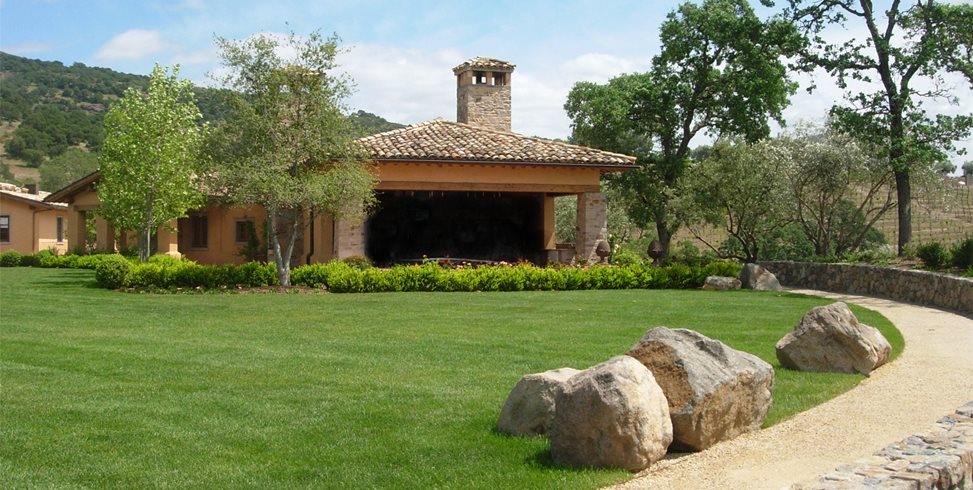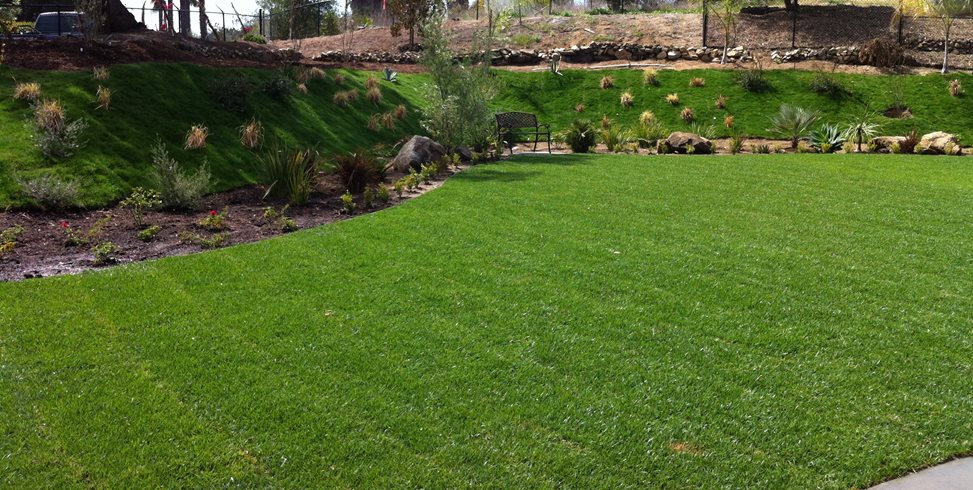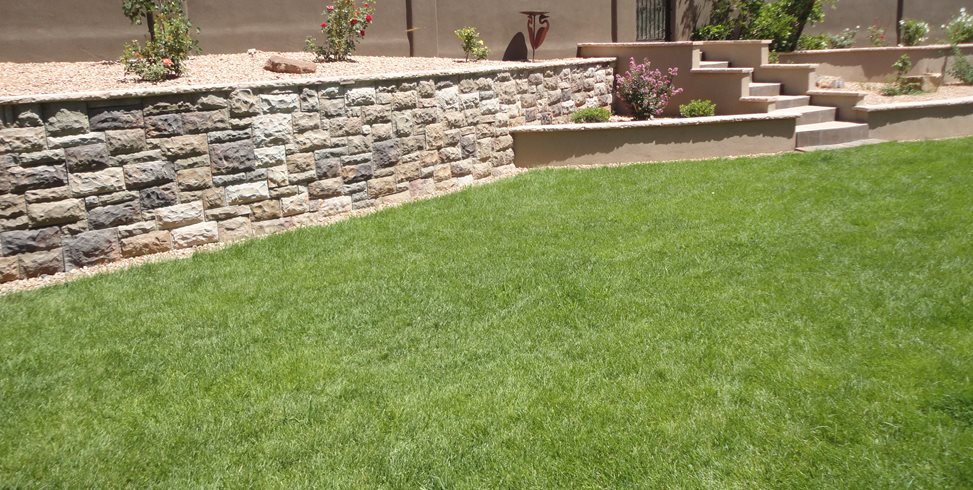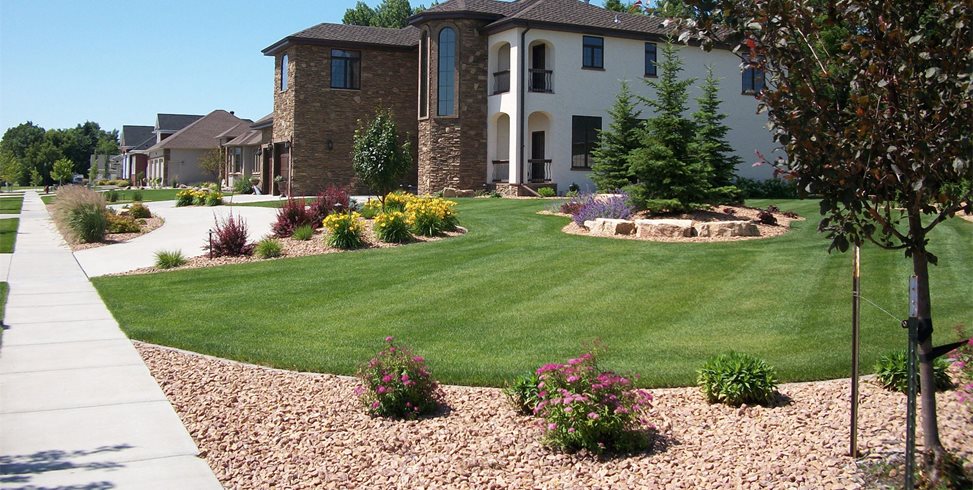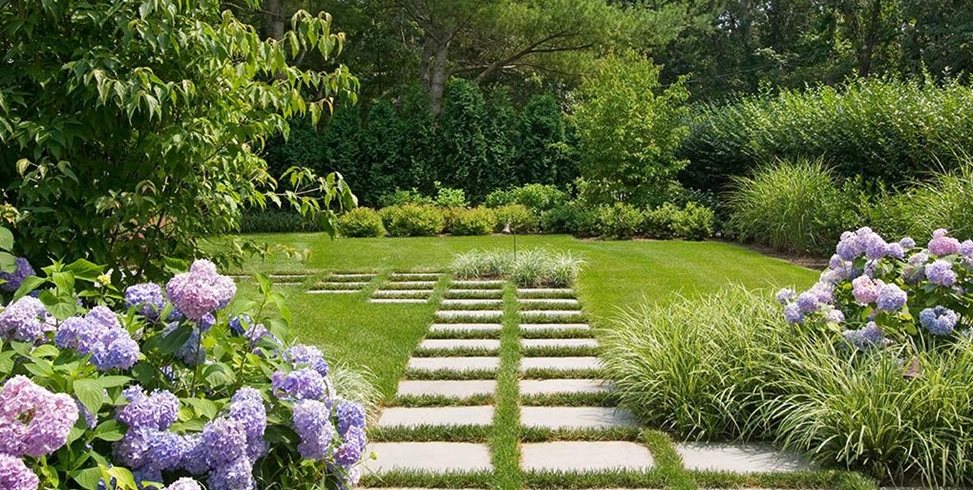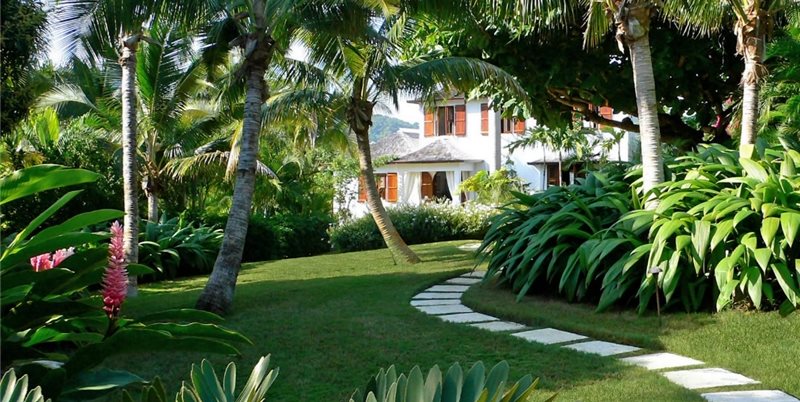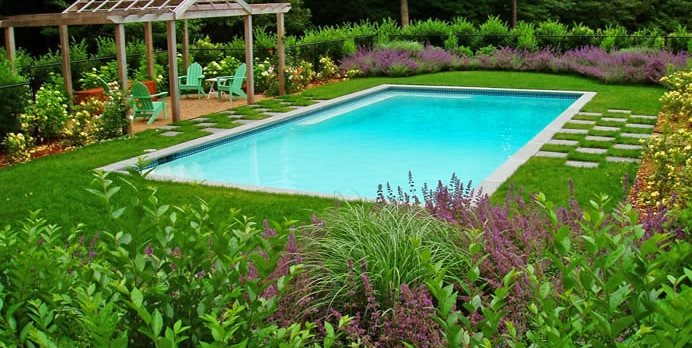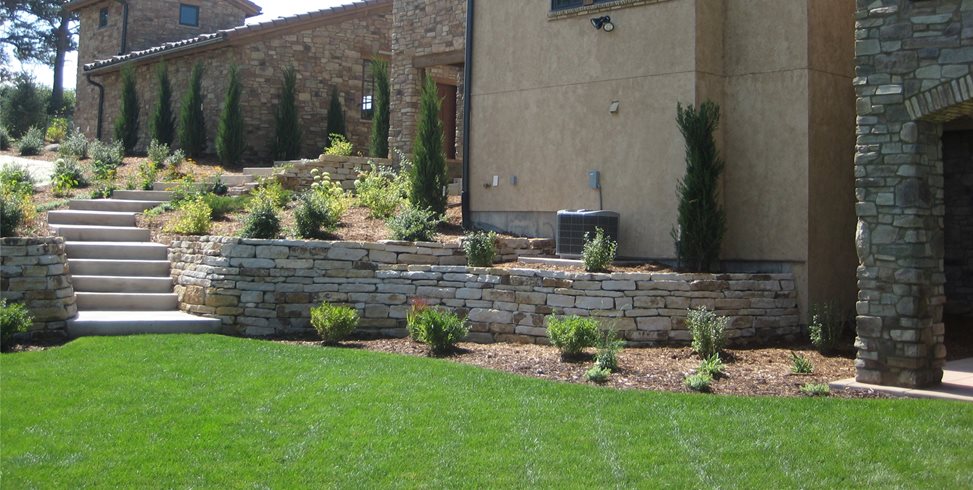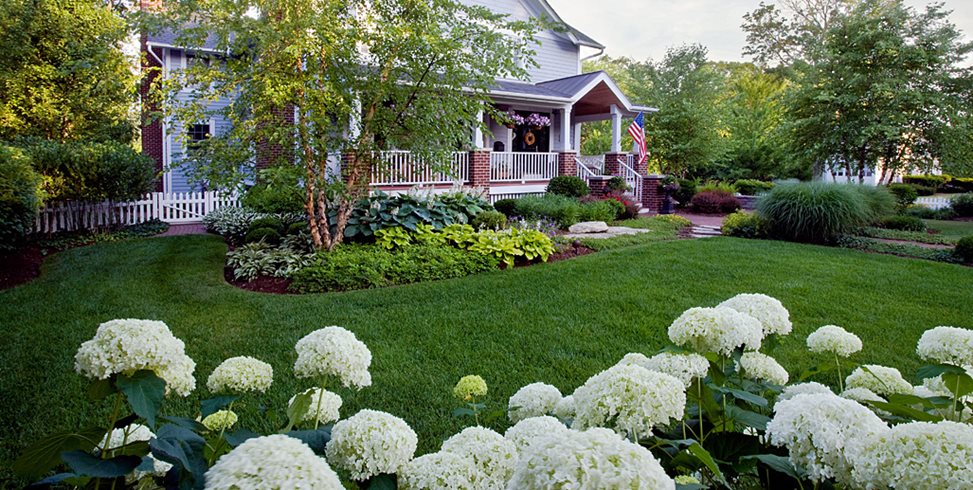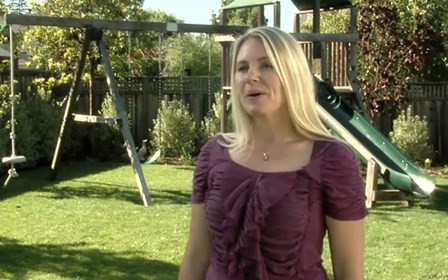Lawns & Grass
Get tips for lawn landscaping, maintenance and repairYour lawn serves as the canvas for the rest of your landscape, forming a framework for garden beds, pathways and patios. It also helps to prevent soil erosion and provides a soft, resilient surface for recreational activities.
Because lawn landscaping plays such a crucial role, both aesthetically and functionally, many homeowners will spare no expense to grow and maintain a lush lawn. But before you outlay all those greenbacks for green blades, there are some important factors to consider to ensure that your investment grows and thrives. Learn about the best types of turfs for various conditions, how to maintain a healthy lawn, advice on choosing sod versus seed, and the basics of lawn installation.
Get these tipsIn this section, you'll find these tips:
- Selecting a lawn grass that will thrive in your local climate conditions and survive the intended use of your yard.
- The best grass varieties for sun and shade.
- The best grasses for cool-season and warm-season conditions.
- The top 10 turf grass varieties, along with an overview of each one's light requirements, drought tolerance, growth rate, traffic tolerance and unique care requirements.
- Why you'll find turf varieties sold under different names.
- How to improve lawn hardiness by mixing different grass varieties, such as Kentucky Bluegrass and fescue blends.
- The best types of lawn fertilizer and how often to fertilize your lawn.
- The best ways to water your lawn, and the five most common irrigation mistakes.
- How to set up irrigation hydrozones to avoid over or under watering.
- Why mowing your grass taller can help you reduce water consumption.
- How aerating your lawn alleviates soil compaction, which can slow water penetration and reduce root growth.
- Why it's important to establish a systematic lawn repair program.
- A checklist for identifying and fixing brown spots in your lawn caused by insect damage, lawn fungus, poor sprinkler coverage, or dog urine.
- An overview of the eight main steps in soil preparation and lawn installation.
- A step-by-step guide to laying a beautiful sod lawn.
- How to use hydraulic mulch seeding, or hydroseeding, as an economical way to seed large lawn areas, slopes and hillsides.
- The pros and cons of using seed or sod to plant a new lawn.
- Definitions of common lawn installation terms.
Growing a lush lawn requires good planning, a knowledge of the best grass types for various conditions, and establishing a systematic program of lawn maintenance and repair. While many homeowners prefer a DIY approach to lawn care, a lawn landscaping professional can often save you a lot of time and headaches.

 Backyards
Backyards
 Front Yards
Front Yards
